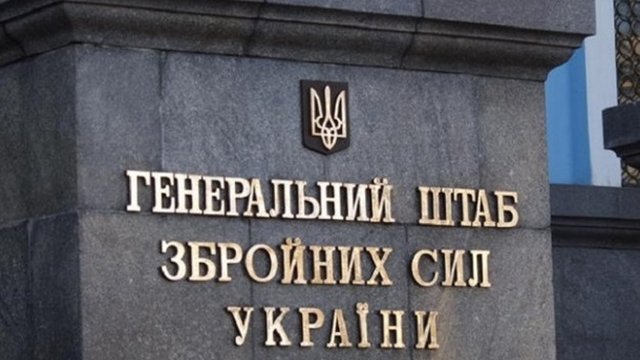General staff highlights differences between regular forces, assault troops

The decision to create the Assault Troops as a separate branch of the Armed Forces of Ukraine is a logical stage in the development of the Armed Forces in the conditions of modern warfare, because there are significant differences between the Airborne Assault Troops and the Assault Troops, Major Andriy Kovalev, spokesman for the General Staff of the Armed Forces of Ukraine, has told Interfax-Ukraine.
"Assault Troops are objectively a response to the requirements of modern warfare. In the fourth year of the full-scale war with the Russian invaders, the nature of hostilities has changed significantly. In view of this, a decision was made to create the Assault Troops as a separate branch of the Armed Forces of Ukraine," Kovalev said.
He emphasized that this step has clearly strengthened the capabilities of the Ukrainian troops, increased the activity and stability of defense, and increased the effectiveness of counteroffensive actions.
At the same time, the General Staff spokesman explained that there are significant differences between the Airborne Assault Forces and the Assault Forces.
Assault Forces are rapid reaction forces. They operate in various areas of the front where a threat or problem suddenly arises - for example, a breakthrough in defense, loss of positions or a settlement. The main task is to quickly arrive, deploy, enter battle, destroy the enemy and restore the lost position. They do not have their own areas and defense strips and are not intended to conduct them. Their task is to conduct offensive, assault and raid operations.
Thus, Assault Forces are characterized by high mobility and autonomy and are usually used as part of assault companies or battalions in isolation from their units in the strips of other brigades that have lost positions.
As Kovalev explained, in an offensive they can be used as part of an assault battalion or assault regiment to break through the defense or capture an important area of the terrain or settlement.
The airborne assault troops of the Armed Forces of Ukraine, unlike the Assault Troops, are used as part of brigades or groups and are intended to conduct both offensive and defensive operations.
"In an offensive, they are usually involved in the most important areas of the front to break through the enemy's defense and attack to a significant depth for a long time. In defense, they are used for actions in the areas of application of the enemy's main forces or to defend important areas of the terrain or settlements," he said.
In addition, as Kovalev added, the airborne assault troops of the Armed Forces of Ukraine are used as part of airborne assaults, conduct deep raid and airborne assault operations. They allow you to expand the zone of military operations from the line of combat contact to the operational depth of the enemy, transfer military operations to its territory, disorganize the system of command and control of troops and logistical support, thus creating favorable conditions for the superiority of the defense forces in a specific operational zone and achieving the success of a strategic operation (campaign).
"The main difference between the Assault Forces and others is a quick response and the ability to act first, regardless of the situation. Individual assault regiments and battalions as part of the Armed Forces have repeatedly proven their effectiveness during active operations in the Kursk, Sumy, Donetsk, Kharkiv regions and in many other key areas of the front," Kovalev emphasized.
He noted that the Assault Forces Directorate of the Armed Forces of Ukraine has now been created and the head of this department is the Hero of Ukraine, Colonel Valentyn Manko.
"Soon the Assault Troops will become an indispensable separate component of the Armed Forces of Ukraine," the General Staff added. Earlier, Ukrainian President Volodymyr Zelenskyy announced the creation of separate assault troops. According to the president, "a decision has been made to create separate assault troops, and everything should be operational in a week or ten days."









